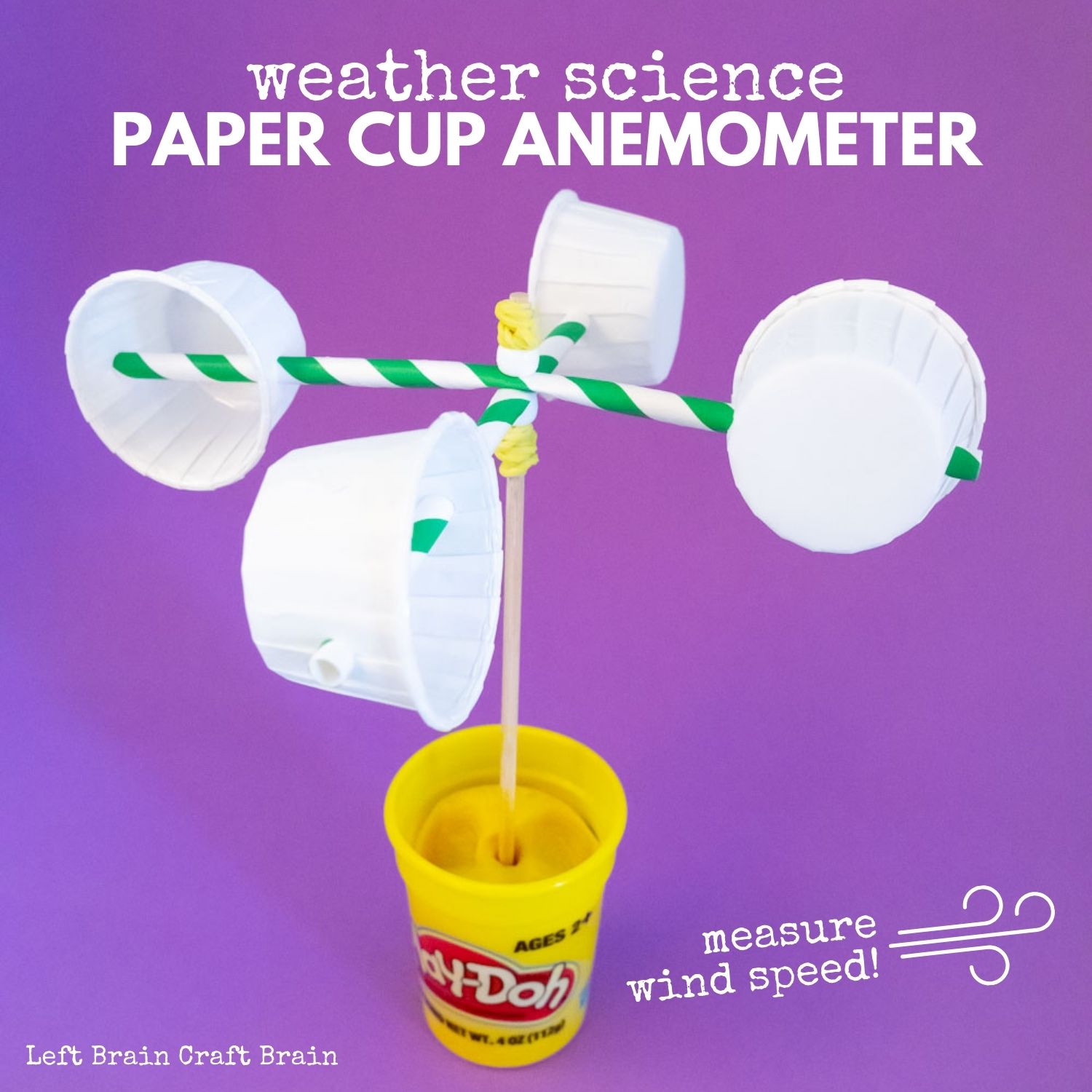Anemometers Revealed: Comprehending Their Relevance in Ecological Tracking and Security Procedures
The duty of anemometers in ecological tracking and precaution is frequently ignored, yet their importance is indisputable. These instruments have a lengthy background rooted in clinical query and technological developments, developing to end up being important tools in numerous areas. From meteorology to aviation safety and security, anemometers play a crucial duty in supplying accurate data that educates decision-making processes and enhances total safety and security. Understanding the complexities of anemometers unveils a globe of important insights that are basic to our understanding of the setting and the steps we require to ensure safety and security.
History of Anemometers
The development of anemometers can be traced back to the old civilizations where primary wind measuring tools were first used. These very early wind measurement devices laid the foundation for the advancement of extra sophisticated anemometers gradually. Among the earliest known anemometers was the hemispherical mug anemometer designed by Leon Battista Alberti in the 15th century. This design contained four hemispherical mugs that collected wind energy, supplying a dimension of its intensity based on the speed of turning.
Over the years, improvements in innovation led to the advancement of more contemporary anemometers, including ultrasonic anemometers and laser Doppler anemometers, providing enhanced precision and efficiency in determining wind speed and direction. The history of anemometers showcases an impressive trip of innovation and progress in the area of weather forecasting.
Kinds Of Anemometers
Throughout the field of meteorology, different kinds of anemometers have actually been established to accurately determine wind rate and direction. The most usual type is the mug anemometer, which includes three or 4 mugs installed on horizontal arms that rotate with the wind. As the mugs rotate, the speed at which they revolve is directly proportional to the wind speed. Another widely made use of kind is the vane anemometer, which includes a tail or fin that aligns itself with the wind direction. This alignment permits the gadget to figure out the wind instructions. Sonic anemometers utilize ultrasonic signals to measure wind speed and direction accurately. They are frequently utilized in research applications because of their high accuracy. Hot-wire anemometers run based upon the principle that the cooling impact of wind on a warmed cable is symmetrical to the wind rate. These anemometers are ideal for gauging reduced wind speeds with high precision. Each type of anemometer has its strengths and is chosen based upon the specific requirements of the surveillance task at hand.
Applications in Meteorology
Having actually reviewed the various types of anemometers used in weather forecasting for measuring wind speed and direction, it is important to explore their useful applications in the field. Anemometers play an essential function in meteorology by supplying exact and real-time data on wind conditions (anemometer). Meteorologists utilize anemometers to keep an eye on wind rate and direction to anticipate climate patterns, concern cautions for extreme weather condition occasions like hurricanes, storms, and hurricanes, and analyze atmospheric problems for aeronautics safety
In weather forecasting, anemometers aid in understanding local and local wind patterns, which are vital for predicting weather adjustments and establishing climatic trends. These devices are likewise used in study to research microclimates, metropolitan warm islands, and air pollution diffusion. Additionally, anemometers are employed in agriculture to enhance plant administration techniques, such as irrigation and chemical application, based upon wind problems.
Value in Aeronautics Safety
An important aspect of making certain aeronautics safety depends on the careful monitoring of wind problems using anemometers. Anemometers play an important function in aviation by supplying real-time information on wind speed and instructions, assisting pilots in making informed choices throughout liftoff, touchdown, and flight. Solid and unpredictable winds can significantly affect airplane procedures, making it crucial for aviation authorities to depend on accurate wind dimensions to ensure the security of passengers important source and crew.

In the vibrant atmosphere of air travel, where even minor modifications in wind rate and direction can have profound results, anemometers stand as crucial tools for promoting protected and safe flight.
Function in Environmental Research
Anemometers play an important function in ecological research by providing vital data on wind speed and instructions. By properly determining wind qualities, anemometers assist researchers assess the activity of toxins in the air, examine the impact of industrial More Bonuses exhausts, and anticipate the spread of pollutants in the environment.


Conclusion
In final thought, anemometers have played a vital duty in ecological surveillance and safety and security actions. Recognizing the relevance of anemometers is essential for properly measuring wind speed and direction, which is important for predicting weather patterns, making sure risk-free aviation procedures, and carrying out ecological studies.
One of the earliest known anemometers was the hemispherical cup anemometer designed by Leon Battista Alberti in the 15th century. Over the years, improvements in modern technology led to the growth of even more modern-day anemometers, consisting of ultrasonic anemometers and laser Doppler anemometers, providing increased accuracy and effectiveness in determining wind speed and instructions. Hot-wire anemometers run based on the principle that the cooling effect of wind on a heated cord is symmetrical to the this page wind rate. Meteorologists use anemometers to monitor wind speed and instructions to forecast weather condition patterns, problem cautions for extreme climate events like typhoons, twisters, and tornados, and examine atmospheric problems for air travel safety and security.
Understanding the significance of anemometers is important for properly determining wind rate and direction, which is crucial for forecasting weather patterns, making certain risk-free aviation procedures, and performing environmental studies. (anemometer)